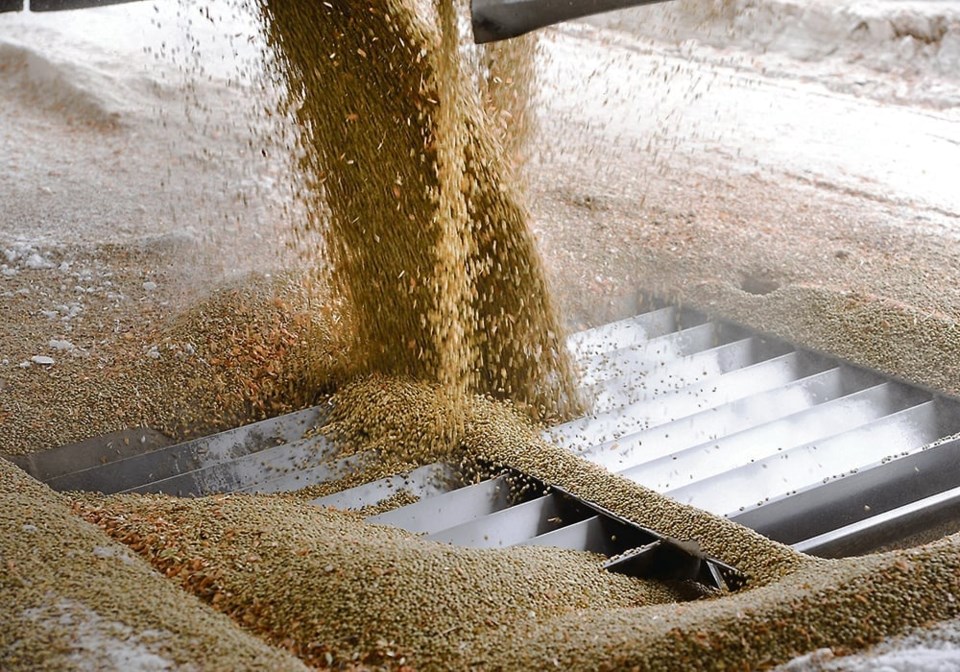WESTERN PRODUCER — The current massive price premium between green and red lentils is justified, says a trader of the crop.
The premium for large green lentils over reds has averaged US$414 per tonne since the start of the 2023-24 marketing year, according to Stat Publishing.
That is more than double last year’s average of $202.
Canadian bids as of Oct. 27 were 65 cents per pound for large green lentils versus 37 cents per pound for reds, according to Stat.
The excitement surrounding green lentils stems from two consecutive years of dismal pigeon pea production in India.
The Indian government estimates this year’s crop at 3.42 million tonnes, slightly above last year’s output of 3.31 million tonnes. Both are about one million tonnes below normal.
Traders in Mumbai, India, say it is even worse than what the government is reporting.
They think this year’s crop is 25 percent smaller than last year’s, according to Pavan Talwar, president of PKT Associates Inc., a pulse trading company based in New Jersey.
“The cumulative total of the shortfall over two consecutive years is mind-boggling,” he said in an email.
Large and medium green lentils are used as a substitute for pigeon peas primarily in one specific market in India — the Tamil Nadu Civil Supplies Corp. — which mills and sells them for food aid in that state.
Annual demand is 300,000 tonnes when pigeon peas are scarce and expensive.
There is also a small but growing commercial demand for green lentils in the states of Kerala and Maharashtra, but the tonnage pales in comparison to the Tamil Nadu demand.
The rest of India substitutes pigeon peas with red lentils.
Talwar said the Tamil Nadu volumes sound small, but 300,000 tonnes uses about half the available supply of medium and large green lentils in North America and the Black Sea.
“You don’t need to be a rocket scientist to see why the premium is so sharp,” he said.
It is a new source of demand that did not exist when India was harvesting big pigeon pea crops.
Algeria is the other big factor in the green lentil market this year. It has purchased 50,000 to 60,000 tonnes since February 2022 from Russia, Kazakhstan and Turkey.
It seldom buys Black Sea origin product, which has drawn down supplies from that part of the world.
Harvest rains that damaged a “substantial portion” of the 2023 Black Sea crop also depleted those supplies.
Talwar said the red lentil market has been tame by comparison, primarily due to Australia’s bin-busting 2022 crop of 1.9 million tonnes.
About 300,000 to 400,000 tonnes of that was very poor quality, but that just exacerbated the erosion of values.
Australia is expected to produce another 1.4 million tonnes this year, so there is going to be ample supply of red lentils in the world market.
However, El Nino is expected to reduce India’s rabi pulse production, and given the country’s existing pigeon pea shortfall, it could easily absorb most if not all the world’s surplus of red lentils next year, he said.
There is already a lack of moisture at planting, and if that continues, there could be “significant challenges” to start the rabi season.
Australia has supplanted Canada as the top lentil supplier to India this crop year. It has exported 311,187 tonnes to that market in the April-August period compared to Canada’s 280,472 tonnes.
Talwar expects Australia to remain the dominant supplier through the first half of 2024, but Canada will catch up quickly if India’s rabi crop is in trouble.
The main rabi season pulse crops are chickpeas, lentils and peas.
Contact [email protected]

